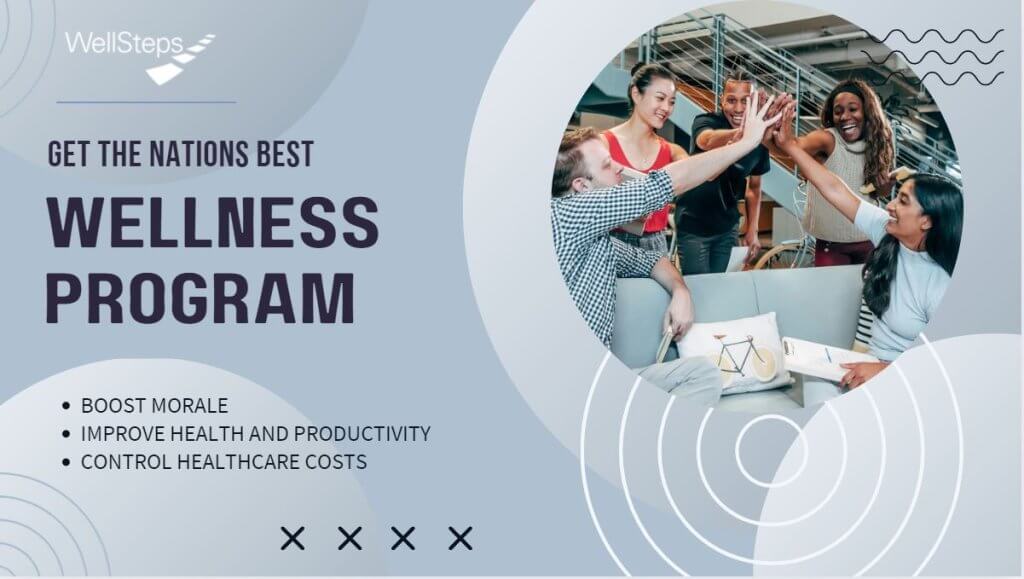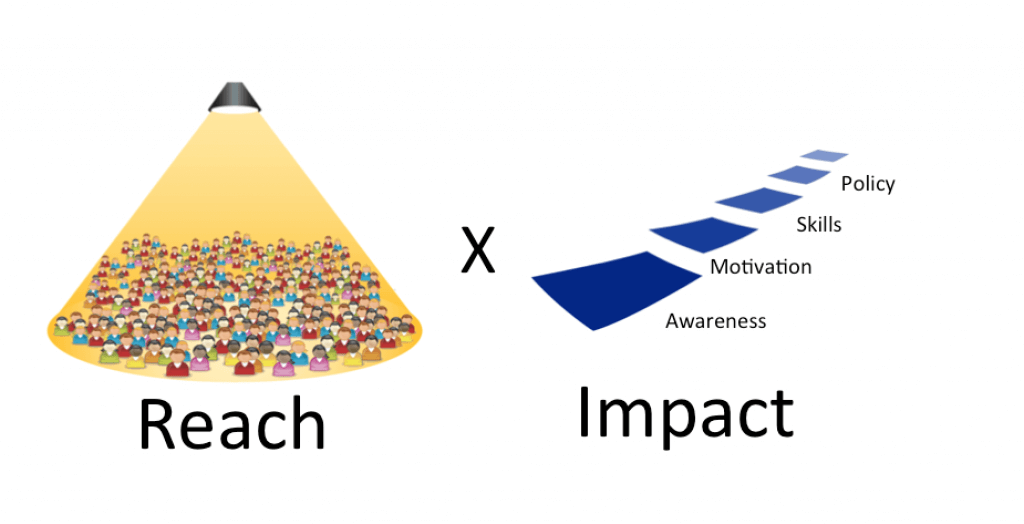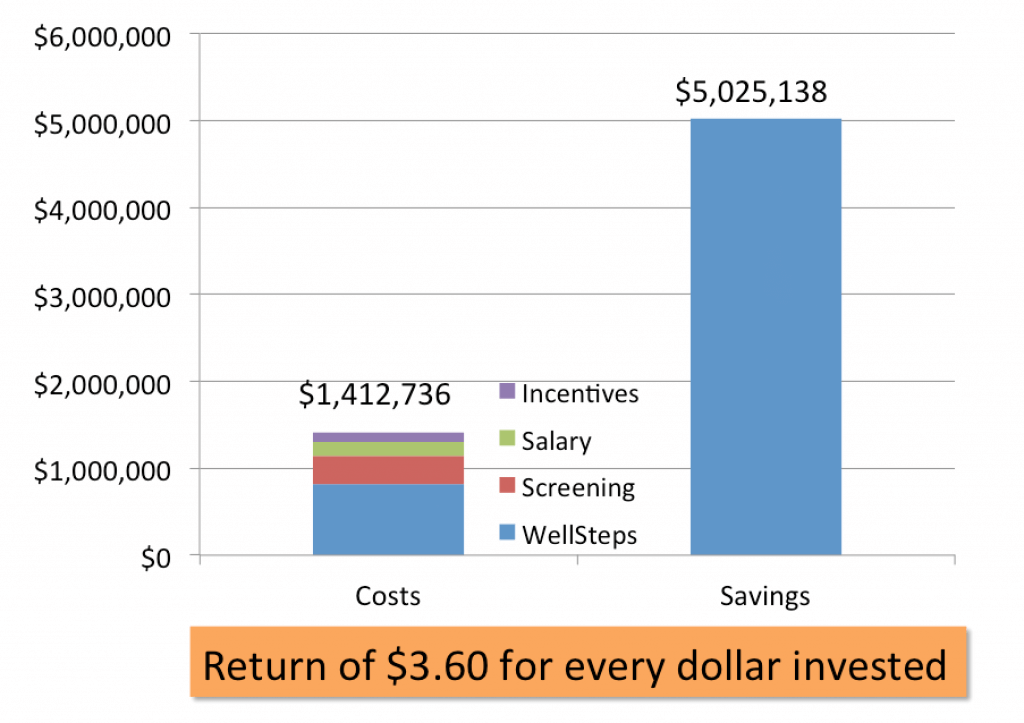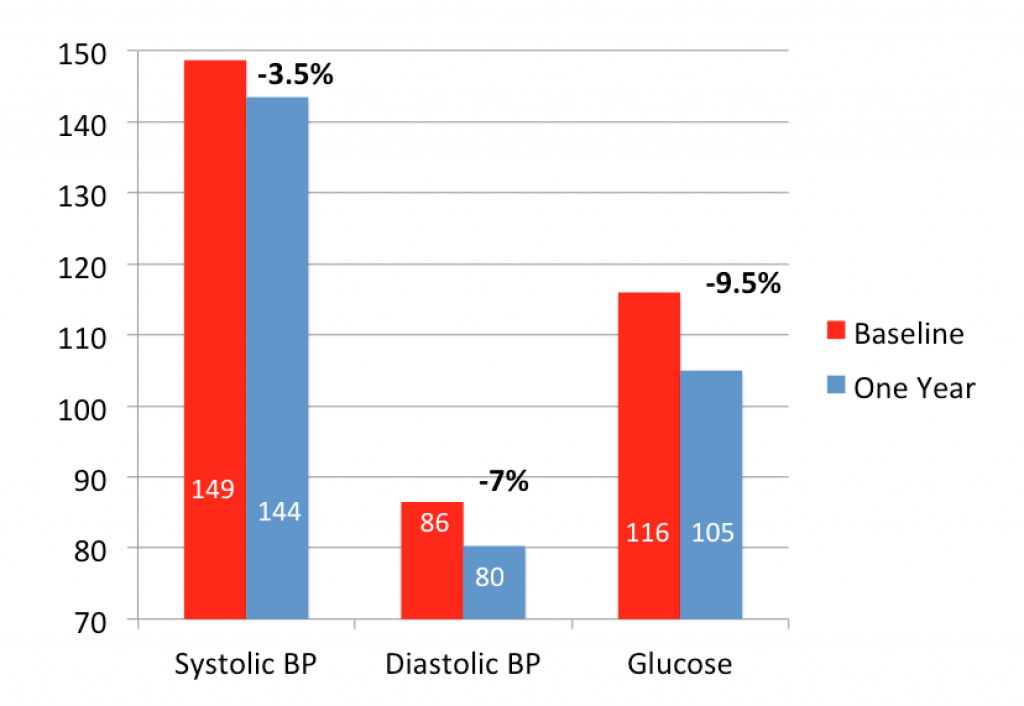What is a Health-Contingent Wellness Program?
Health-contingent wellness programs is a wellness incentive program based on health risks. A health-contingent wellness program is one in which employees must A) meet a health standard or B) meet a reasonable alternative standard in order to earn an incentive or avoid a penalty. In most cases, a health factor is just a biometric value like healthy blood pressure or cholesterol, or not using tobacco.
No More Sharing Risk
The cost of health care is calculated differently than the cost of life insurance, house insurance, or car insurance. Unsafe driving leads to higher car insurance.
If an employee is big into BASE jumping, their life insurance will be higher because the premiums are based on risk of premature death. Having a fireplace or flooding potential or asbestos siding are all risks that will increase the cost of homeowners insurance.

The cost of insurance is calculated on the amount of risk the insurance company is taking. But for decades, the cost of health care has been unrelated to individual health risks.
However, now your health insurance is beginning to take the same risk-based approach to pricing as other forms of insurance. But there is one important twist; risk assessment with health insurance is usually voluntary and not forced upon you by the insurance company. A health-contingent (outcomes-based) wellness program is a step in that direction.
Incentives can be offered to those who have lower risks or who are working to improve their health. Those who maintain their health, and who are therefore less risky to insure, get a better deal on health insurance through lower deductibles, lower premiums, and lower co-pays.
A health-contingent program is one where an employee must meet a health standard to qualify for a reward. A reward can be either an incentive OR a penalty. WellSteps strongly discourages the use of penalties. People respond better to positive rewards so that is what we promote.
Think about it this way. As a teenager, do you remember how much you disliked being told what to do? It turns out that teenagers — and most adults — don’t like being told what to do! We dislike having privileges taken away even more.
The punitive approach to employee wellness is not the happy option. We strongly recommend an approach that allows employee to earn a positive reward if they choose to. And yet, companies, in spite of their best intentions, often mess things up in their attempts to provide an employee wellness program. Let’s count the ways.
So How Does a Health-Contingent Wellness Program Play Into All This?
A health-contingent wellness program, or “outcomes-based” program, uses biometric values such as blood glucose or blood pressure as the health standard.
The problem is that too many companies announce the program standards but don’t actually do anything to help employees change the underlying behaviors and learn the skills necessary to meet the standards.
Just because a company has a health-contingent wellness program does not mean they have a program that does any good! Remember that the program must be “reasonably designed to promote health or prevent disease.” So how do you do that?
An effective health-contingent wellness program does two things really well. First, it extends the program “reach” to as many employees as possible. And second, it provides an intervention that is robust enough to make an impact on health among the employees it reaches. Overall program effectiveness is a product of both reach and impact.
What Is The Most Common Mistake In A Health-Contingent Wellness Program?
Focusing on just the employees who fail to meet the health-contingent wellness program standard (i.e., the high risk group) might seem like a good idea. After all, these employees are nearly always the high cost. However, there is a problem with this logic. Employees tend to migrate across risk categories over time.
Research shows that every year about 60% of the employees in the high risk group will be new. Employees with elevated health risks can move out of the high risk group by lowering their health risks OR by quitting their job OR by passing away (heaven forbid!).
The point is, if the wellness programming focus is always on this year’s high risk employees, the programming will miss those employees whose unhealthy behaviors or risks will cause them to be in the high risk group next year (or the year after).
Wellness programs focused on the high risk only are chasing a moving target. A more effective approach is to focus on all employees across the entire risk spectrum. This will help to keep the healthy employees in the healthy category while also helping those with risks to improve.
Here is a short video that shows how a well-organized health contingent wellness program can adequately fulfill its duty to both the healthy employees and those with elevated health risks.
[video_embed URL=”https://vimeo.com/357681826″]
What Results Can an Effective Health-Contingent Wellness Program Achieve?
One WellSteps client is a large school district in the Western United States. The chart below shows projected healthcare cost trends for this customer as compared to data from the Kaiser Family Foundation for other similarly sized organizations in their region. This is an example of how a health-contingent wellness program produced great wellness outcomes.
You can see that these two cost trends were nearly exactly the same until 2011. At this point, the client started with the WellSteps wellness program and you can see that their healthcare trend bent noticeably downward. In fact, their employee medical costs in 2009 and 2014 were nearly identical. Over a six year period healthcare costs remained the same.

This group saw an ROI of $3.60 for every dollar invested and saved over 5 million dollars.
Despite the focus on everyone, regardless of risk levels, you can also see that their high risk group substantially decreased their risk factors as well.
The reach of this program was extraordinary and their program was incredibly effective. Here is the white paper that describes this evaluation.
Five Key Steps to Developing an Effective Health-Contingent Wellness Program
When you start health contingent wellness programs, you should do two things well. First, the program should help improve the health of all employees, especially those with elevated health risks. Second, the program should help the healthy employees stay healthy.
When these two things happen, there will be a reduction in the cost of employee health care and improvements in both productivity and morale (see a study discussing these improvements here). But all of this is easier said than done.
1. Create A Communication Plan
The leadership team needs to be unified. Employees need to hear a strong “we want to help you” message with a promise of more information and an introduction of the coordinator. This empowers the coordinator. The committee can decide what requirements to include. WellSteps has developed a system that allows the committee and coordinator maximum flexibility to choose a disease or risk factors to manage. Finally, the plan involves communicating the benefits-based incentive, and including the chance to win smaller rewards throughout the program year while employees work towards a larger reward.
2. Align With Disease Management
A benefits-based program is not enough if employees don’t have the tools and skills to help them adopt and maintain healthy behaviors. A disease management program and a health-contingent program are very similar in terms of preventing and reversing health conditions. WellSteps has aligned our version of a health-contingent program with a disease management program by doing the following: A) identifying employees with diagnosed chronic disease, B) having an appropriate health screening at the workplace, and C) identifying those at risk and combining them for programming with those who have diagnosed disease.
3. Tailor The Plan To The Company Culture
A health-contingent program is never one size fits all. Variation based on region and business type must be allowed. WellSteps works with the assets that companies have in place along with WellSteps tools. For example, a hospital system with a health coach can be supported by WellSteps challenges and content-specific webinars. We also integrate biometric data with our Personal Health Assessment (PHA), which allows the committee to further tailor the program.

4. Deliver, Communicate And Track Intervention
WellSteps has made it easy for employees to track their status in the program. Using a tool called Wellness Plan, employees can see what they have done and they can get company-specific instructions on where to go, what to do, how to schedule, etc. We make it easy for coordinators to verify which employees have met the requirements of the health-contingent program. This creates a simple path for employees to meet the alternate standard and “graduate” every year.
5. Evaluate And Report
WellSteps provides a variety of reports, including aggregate data from our PHA, testimonials from and participation in behavior change campaigns, participation in our Rewards program and real-time movement of employees out of the at-risk into the healthy group. The last part of this process is to discuss research and evaluation opportunities with customers annually so we can document change in a peer-reviewed forum.
Most employers treat their employees with respect. Most employers recognize that the individuals who work and serve in their organizations are the single most valuable asset that the organization has. Wellness programs that are based on sound scientific evidence can change lives. When individuals adopt and maintain healthy behaviors, not only will they extend the length of their lives, but they will also improve the quality of their lives.
When done correctly, a wellness program is an outward demonstration that an employer truly does care about every employee and his or her health. Despite all good intentions and careful efforts to lift and support employees, some employees will view a wellness program as punitive. And some will complain.

It is true that personal health and personal life are not the business of an employer. Nobody wants big brother telling them what they can or cannot do on their own time or with their own health. And no one wants their private health data shared with anyone except a medical professional or family member.
These are real concerns that employees have regarding wellness program participation. And these concerns are the reason why programs need to be organized and administered in a way that does good and does no harm.
How To Avoid Legal Issues with Wellness Programs
There are a few simple rules that should be followed when setting up an effective health-contingent wellness program. If you start a program, the first rule is to be kind to people. If you are nice, you really won’t need to worry about these other rules. But here they are just in case:
- Provide employees the opportunity to qualify for the reward once per year.
- Have and communicate alternate ways to qualify. WellSteps has developed a clever way to manage the alternate requirement on an individual basis. We do this in a way that prevents the employee’s colleagues from ever knowing.
- Give every employee a chance to earn the reward.
- Do not deny or limit insurance coverage for non-participants.
- Provide notice if collecting anonymous medical information.
- Follow data security rules.
- Limit the reward value to 30% (or less) of the cost for employee-only health insurance coverage.
- Reasonably design your program to promote health or prevent disease. Reasonable design means the program cannot take too much time, require intrusive procedures, or place significant costs on employees. Promoting health or preventing disease means using an evidence-based program.

Start Health Contingent Wellness Programs Wrong and You Can Destroy Employee Morale
There are some companies and institutions that have used poorly designed health-contingent programs and all they accomplished with their wellness program was to reduce employee morale. Here is what they did wrong:
- Ramrodded the program down employees’ throats without listening to their input
- Failed to communicate about the employee wellness program until it was rolled out
- Used a stick-based approach instead of carrot-based approach
- Implemented a health contingent program but did not provide tools or skills to help employees improve health. This is sort of like asking employees to write a business report with no desk, chair, or computer.
If a workplace already has a confrontational culture and a leadership style that does not support employee wellness initiatives, it is probably not a good place to implement a health-contingent wellness program. The culture needs to be prepared with some organizational development first.
A health-contingent wellness program will thrive at a workplace that values, supports, and cares for its employees. It will thrive in work locations where employees trust management and vice versa. It will thrive in locations where healthy living has been integrated into the work culture. But without management and leadership support, the wellness program is likely to fail.
What Should be Included in Health-Contingent Wellness?
WellSteps has created a platform that allows organizations to develop, administer, and evaluate an effective health-contingent wellness program. Insurance carriers and larger companies have spent a lot of time and money trying to help employees manage chronic diseases. The entire disease management industry is designed to improve the health of those with a chronic disease. In essence, a health-contingent wellness program is just prevention.
The ideal time to help people with disease management is before they get the disease. The time to help individuals improve their health and reduce their healthcare costs is when they start to demonstrate elevated health risks. Elevated health risks are the precursors to chronic disease. Prevention efforts require that wellness coordinators help individuals improve elevated health risks.
At WellSteps, we call this WellSteps PLUS. It’s a flexible software platform that uses employee biometric data to organize, track, plan, and evaluate the health improvement and incentive status of every single employee. It provides structure and organization to the otherwise complex task of monitoring and improving the health of individual employees. It gives organizations a powerful way to manage employee health in a private, unobtrusive, and positive way.

So What?
When creating a health-contingent wellness program, it is essential to do more than simply create a program that follows the rules. A health-contingent program must reach everyone and create a meaningful impact on their health. A well-planned, strategic approach will help workplace wellness programs reach the most employees possible.
This approach includes using media materials, incentives, a wellness committee and benefits-based incentives. Finally, to have the most impact a health-contingent employee wellness program should be tailored to meet the needs of individuals and should include an effective communication plan. Schedule a free demo with our WellSteps team today and get started!


